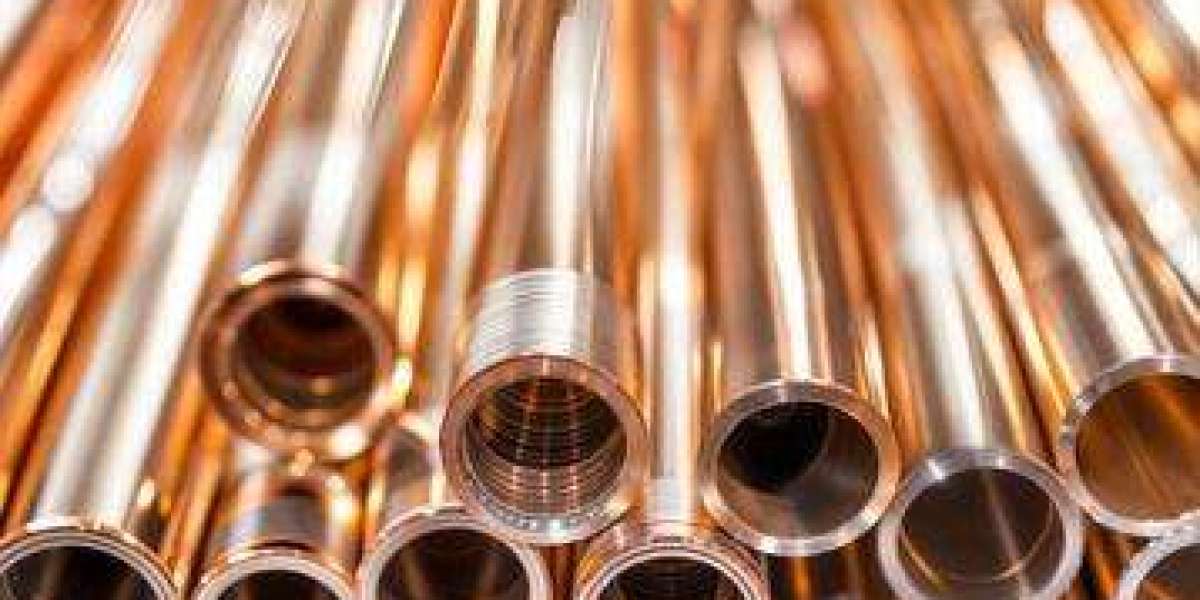copper pipe fittings represent the epitome of reliability in plumbing, industrial fluid systems, and HVAC networks, combining mechanical durability, corrosion resistance, and thermal efficiency. Their prevalence is reinforced by a synergy of metallurgical excellence, hydraulic optimization, and regulatory compliance, making them indispensable in modern infrastructure projects.
Metallurgical Characteristics and Material Performance
Copper (Cu), a ductile, face-centered cubic (FCC) metal, offers exceptional thermal conductivity, corrosion resistance, and bacteriostatic properties. Fittings are commonly manufactured from C12200 high-purity copper or dezincification-resistant alloys, providing enhanced mechanical strength, stress-corrosion resistance, and longevity in potable water systems.
Thermal Conductivity: Copper’s ~401 W/m·K facilitates efficient heat transfer in hot water and hydronic heating systems.
Corrosion Resistance: The passive oxide layer minimizes pitting, crevice corrosion, and galvanic degradation.
Antimicrobial Properties: Copper surfaces naturally inhibit microbial proliferation, crucial for drinking water safety.
Hydraulic Optimization and Structural Integrity
Copper fittings are engineered to maintain laminar flow, minimize pressure drops, and reduce turbulence-induced energy loss. Common configurations include:
Elbows: Facilitate directional changes (45° or 90°) with minimal secondary flow vortices.
Tees: Enable stream bifurcation or convergence, maintaining hydraulic continuity.
Reducers: Transition between different pipe diameters, controlling velocity fluctuations and pressure loss.
Couplings: Connect linear pipe sections while preserving structural alignment and flow efficiency.
Advanced Installation Techniques
Soldered (Capillary) Joints:
Utilize capillary action to draw molten filler metal into joints.
Requires precise heating, flux application, and joint cleanliness to achieve hermetic seals.
Compression Fittings:
Employ ferrules and threaded nuts to form mechanical seals.
Ideal for retrofits, constrained spaces, and scenarios where thermal methods are impractical.
Push-Fit and Press-Fit Systems:
Enable rapid assembly using mechanical interlocks.
Press-fit systems utilize hydraulic or crimping tools, ensuring leak-proof, standardized connections.
Regulatory Compliance and Standards
Copper fittings are subject to rigorous international and local standards to guarantee safety and performance:
ASTM B88: Standard for seamless copper tubing in potable water systems.
ASTM B75: Governs wrought copper and copper-alloy fittings.
NSF/ANSI 61: Certification for safe water contact.
Local Plumbing Codes: Specify approved materials, joining techniques, and installation practices.
Technological Innovations and Hybrid Systems
Recent innovations have enhanced the utility and efficiency of copper fittings:
Low-Lead Alloys: Compliant with modern potable water regulations.
Hybrid Copper-PEX Systems: Integrate rigid copper infrastructure with flexible polymeric piping, offering versatile system design.
Press-Fit Technology: Reduces installation time, labor costs, and thermal risks, while maintaining consistent joint integrity.
Failure Modes and Mitigation Strategies
Even high-quality copper fittings may fail under specific conditions:
Corrosion: From aggressive water chemistries or galvanic interactions; mitigated using dielectric unions and pH control.
Mechanical Stress: Induced by vibration, improper support, or bending; mitigated with anchoring, support brackets, and expansion loops.
Thermal Shock: Rapid temperature changes can cause stress fractures; mitigated through insulation and controlled expansion loops.
Future Trends and Emerging Applications
Emerging trends are pushing copper fittings into advanced industrial applications:
Smart Plumbing Systems: Integration of sensors to monitor flow rates, temperature, and pressure.
Sustainable Plumbing: Copper’s recyclability and long service life contribute to green building certifications.
High-Performance HVAC: Use in hydronic heating, chilled water, and district energy systems, where thermal efficiency is paramount.
Conclusion
Copper pipe fittings exemplify a harmonious combination of metallurgical excellence, hydraulic efficiency, and long-term durability. Mastery of their material properties, installation techniques, and regulatory compliance is essential for engineers, designers, and plumbing professionals. With continued technological innovations, including press-fit systems, hybrid copper-polymer integration, and smart plumbing applications, copper fittings remain a cornerstone of modern fluid conveyance systems.



